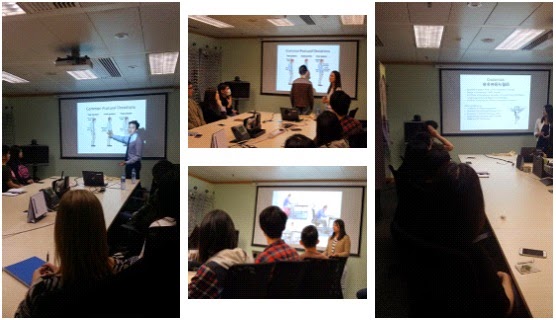As a Chiropractor and manual therapist, I always recommend people to move well and move often to reduce or prevent joint pain.
If your spine, shoulder or ankle have joint pain or not moving well, it might not just affect your ability to move but can even have effects on your breathing, stress and even your immune system. Of course, follow a healthy diet (fruits, vegetables, not too much red meat, whole foods, no preservatives etc.), sleeping well, and exercise are all good ways to keep your joints healthy and free of pain.
I had a friend recently ask what are the top things people aren’t doing that they should start doing for their joint pain and health.
Here are my top 3:
- Self Screening- Prevention is key to joint pain and knowing when to see a professional and when something can be treated on your own is important to be able to differentiate. I always teach my patients how to screen for joint problems and whether or not they should seek advice from a health professional. If they are in doubt, I always recommend consulting with one as soon as possible. What do I teach patients with Joint pain for screening? CARs or Controlled Articular rotations. They allow for screening for all joints in all ranges of motion. Knowing what type of pain or restriction is considered abnormal is a great way of preventing further problems. For an example of CARs click here
- Joint Mobility training- FR and FRC practitioners define Mobility= flexibility + strength. One can never be too mobile. Improving and maintain mobility is important for life. Whether you want to plays sports or just want to play with your kids, adequate mobility is required. FRC and FR protocols allow you to strengthen your joint articulations (hips, neck, lower back, wrist, pinky finger). There is no age limitations to joint mobility training as it is dependent on your own body. Those with joint pain also can benefit from these exercises as they can be geared specifically to their complaint without aggravating the pain. For more information on FR and FRC click here or visit functionalanatomyseminars.com
- Capacity Training- Injury= load > capacity. Injury occurs when a load on your body is greater than the capacity that your body can take. Joint pain can occur when your capacity to do an activity is low. Do you train yourself in your weakest areas? Do you prepare your body for all ranges of motion? Increasing your capacity in weak areas will reduce the likelihood of injury and therefor pain. If you have been injured before, improving the injured areas capacity will prevent re-injury. What type of capacity training can I start with? You can start with simple Joint mobility training, see above. No equipment is required and it is done with body weight. You can also begin to do general strength and aerobic training. Sometimes just being strong in both your heart and skeletal muscle can prevent a lot if injuries and chronic disease.
Stay Healthy and Happy New year!
BB
